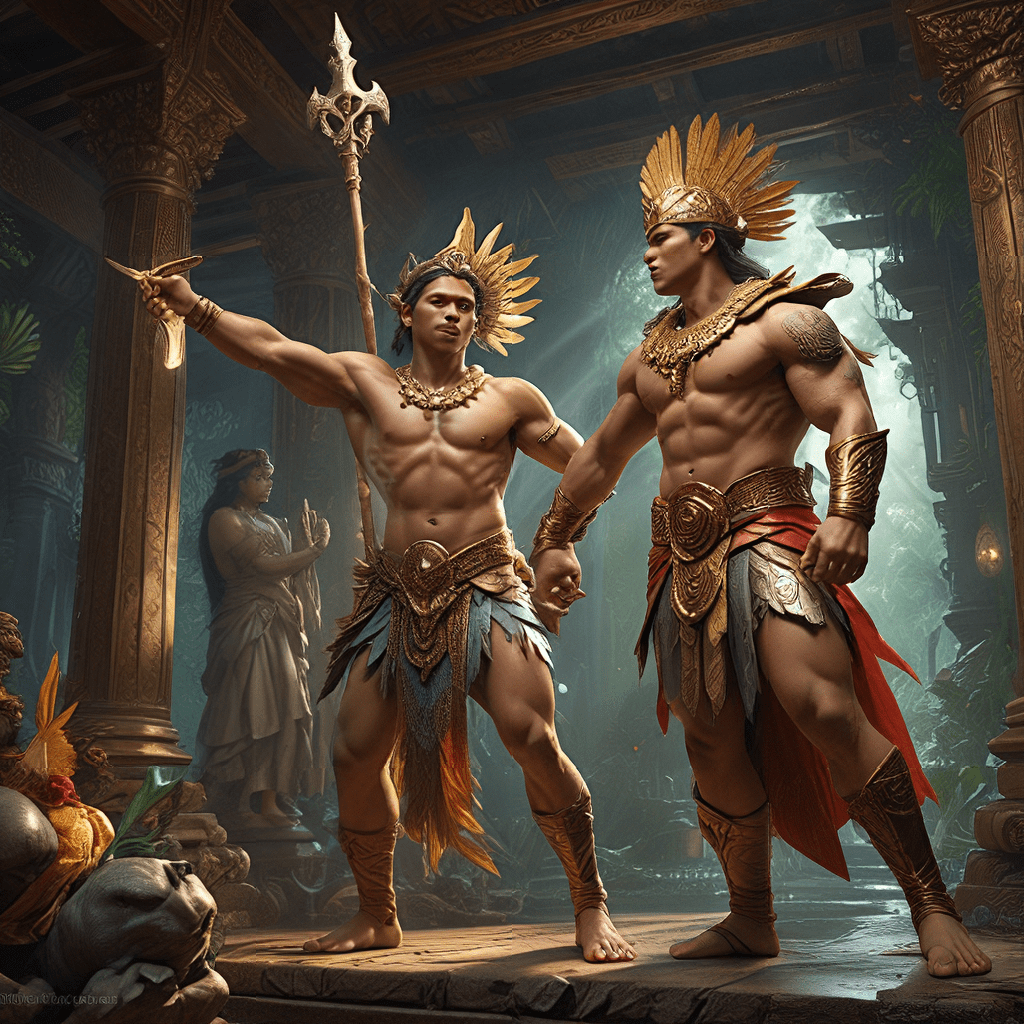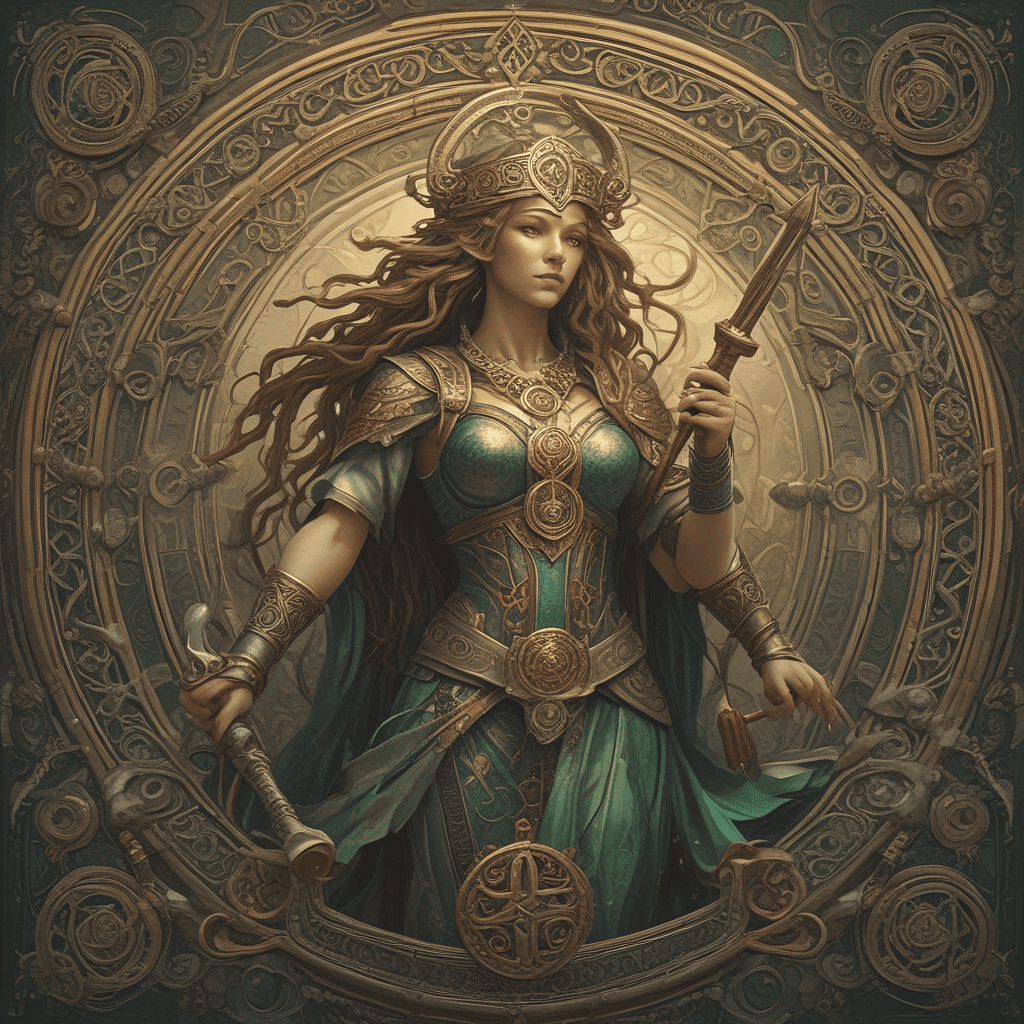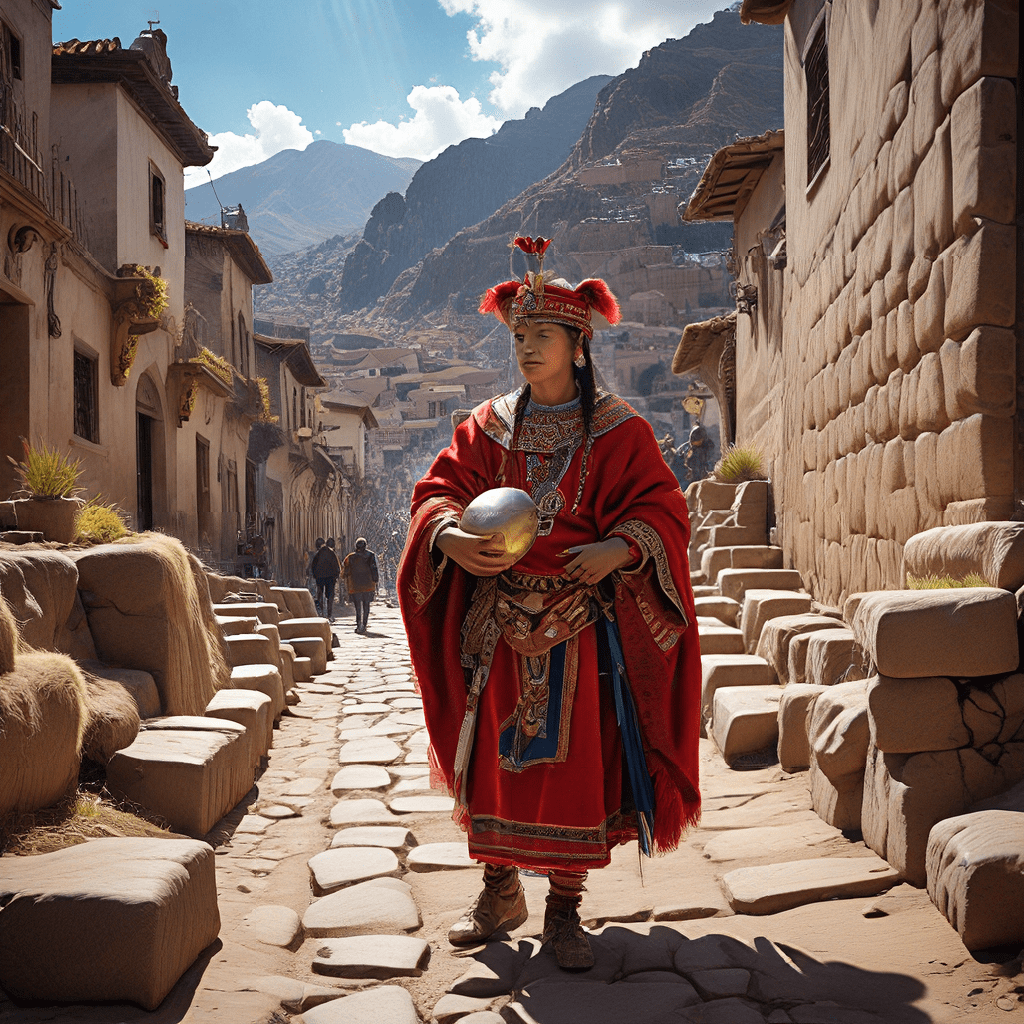Gods of War: The Fiercest Ancient Deities in History
I. Introduction
Throughout history, war has played a crucial role in the development and survival of civilizations. Among the most significant figures in ancient cultures were the war deities, gods and goddesses revered for their influence over battles, strategy, and the very nature of conflict itself. These divine beings were not only patrons of warriors but also central figures in the mythology and rituals of their cultures.
This article explores the various gods of war across different ancient civilizations, examining their roles, characteristics, and the profound impact they had on the societies that worshipped them. We will delve into the pantheons of the Greeks, Romans, Norse, Egyptians, and Mesopotamians, highlighting the unique attributes and stories associated with each deity.
II. The Role of War Gods in Ancient Civilizations
The significance of war gods extended beyond mere symbolism; they played an active role in the military and cultural landscapes of their civilizations. Their presence was felt in various ways:
- Military Significance: War deities were often invoked before battles, with rituals and sacrifices conducted to seek their favor.
- Cultural Impact: These gods were central to myths, often depicted in stories that illustrated the virtues and vices of war, influencing the cultural narrative around conflict.
- Psychological Effects: The belief in these deities provided soldiers with courage and hope, reinforcing the idea that their struggles were part of a divine plan.
III. Greek Warfare Deities: Ares and Athena
A. Ares: The God of War and His Dual Nature
Ares, the Greek god of war, is often characterized by his chaotic and aggressive nature. Unlike Athena, who represents strategic warfare, Ares embodies the raw brutality of battle.
- Characteristics and Symbols: Ares is typically depicted as a strong, muscular man, often wearing armor and accompanied by symbols such as the spear and helmet.
- Myths and Major Stories: Ares’ most notable myths include his tumultuous love affair with Aphrodite and his conflicts with other gods, which highlight his contentious nature.
B. Athena: The Goddess of Wisdom and Strategic Warfare
Athena stands in stark contrast to Ares, embodying wisdom, strategy, and skill in warfare.
- Characteristics and Symbols: Often depicted in armor and a helmet, Athena is associated with the owl, symbolizing wisdom.
- Myths and Major Stories: Key stories include her birth from Zeus’s head and her role in assisting heroes like Odysseus during the Trojan War.
C. The Dynamic Between Ares and Athena in Greek Mythology
The relationship between Ares and Athena is complex, representing the dual nature of warfare. While Ares symbolizes the chaos and destruction of war, Athena represents the strategy and intelligence necessary for victory. This dynamic illustrates the Greeks’ understanding of war as both a brutal and a tactical endeavor.
IV. Roman War Gods: Mars and Bellona
A. Mars: The God of War and Agriculture
Mars was one of the most prominent deities in Roman mythology, reflecting the Romans’ martial culture.
- Historical Evolution and Worship: Initially a god of agriculture, Mars evolved into the patron of war, embodying the spirit of the Roman army.
- Key Myths and Festivals: The festival of Mars, known as the Quinquatria, was celebrated with games and sacrifices, reinforcing his importance in Roman society.
B. Bellona: The Goddess of War and Her Influence
Bellona, often depicted as a companion to Mars, played a vital role in Roman military culture.
- Characteristics and Worship Practices: Bellona was associated with the battlefield and was worshipped through rituals that sought her protection and favor in war.
- Role in Roman Military Culture: As a goddess, Bellona was invoked for guidance in battle and was often depicted with a sword and a chariot.
V. Norse Mythology: Odin and Freyja
A. Odin: The Allfather and God of War
Odin, the chief of the Norse gods, is a multifaceted deity associated with wisdom, war, and death.
- Traits and Associated Symbols: Known for his long beard and one eye, Odin is often accompanied by ravens and wolves, symbolizing his connection to battle and knowledge.
- Myths of War and Valor: Odin is known for his quest for knowledge, often sacrificing himself to gain wisdom, and he leads the slain warriors to Valhalla.
B. Freyja: The Goddess of Love and War
Freyja, another central figure in Norse mythology, represents both love and battle.
- Dual Aspects: Love and Combat: As a goddess of fertility and war, Freyja embodies the complex nature of life and death in Norse culture.
- Influence on Valkyries and Afterlife Beliefs: Freyja is associated with the Valkyries, warrior maidens who choose those who may die and those who may live in battles.
VI. Egyptian War Deities: Sekhmet and Horus
A. Sekhmet: The Lioness Goddess of War and Healing
Sekhmet, known for her fierce nature, represents both destruction and healing.
- Myths of Destruction and Restoration: She was believed to be a protector of the pharaohs in battle and a goddess who could bring both plague and healing.
- Worship and Festivals: The Egyptians celebrated her through festivals, emphasizing her dual nature as a warrior and a healer.
B. Horus: The Falcon God of Kingship and War
Horus, often depicted as a falcon, symbolizes kingship and divine protection in warfare.
- Role in Egyptian Warfare: As a protector of the pharaoh, Horus was invoked during conflicts to ensure victory.
- Symbolism of the Eye of Horus: This symbol represented protection, royal power, and good health, showcasing his significance in both warfare and governance.
VII. Mesopotamian Gods of War: Ninurta and Ishtar
A. Ninurta: The God of War, Agriculture, and Healing
Ninurta, a significant deity in Mesopotamian mythology, was associated with war, agriculture, and healing.
- Myths and Symbolism: He is often depicted as a warrior who combats chaos, representing the cyclical nature of life and death.
- Importance in Society: Ninurta’s worship included rituals for agricultural fertility, linking war with sustenance and survival.
B. Ishtar: The Goddess of Love and War
Ishtar, one of the most complex deities in the Mesopotamian pantheon, embodies both love and war.
- Characteristics and Myths: Ishtar is known for her fierce nature in battle and her passionate love affairs, reflecting the duality of her character.
- Cultural Influence: She played a crucial role in various myths, often depicted as a powerful figure who could control the outcomes of conflicts.
In conclusion, the gods of war from ancient civilizations not only reflect the societies that worshipped them but also provide insight into the human experience of conflict, bravery, and the quest for understanding in a world shaped by warfare. These deities served as powerful symbols of the martial spirit, embodying the hopes and fears of their people throughout history.




